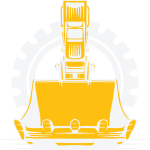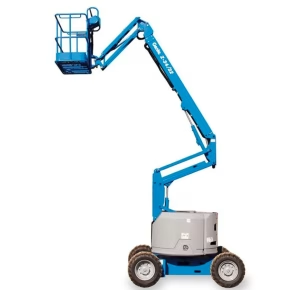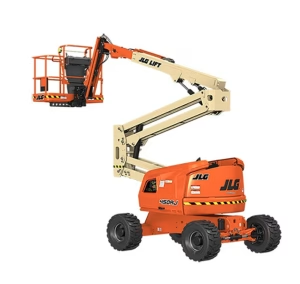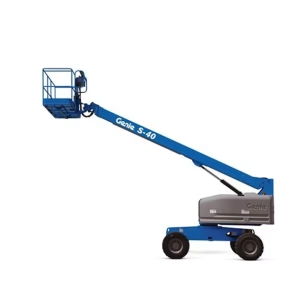Mini Excavator Guide – How to Choose the Right One?
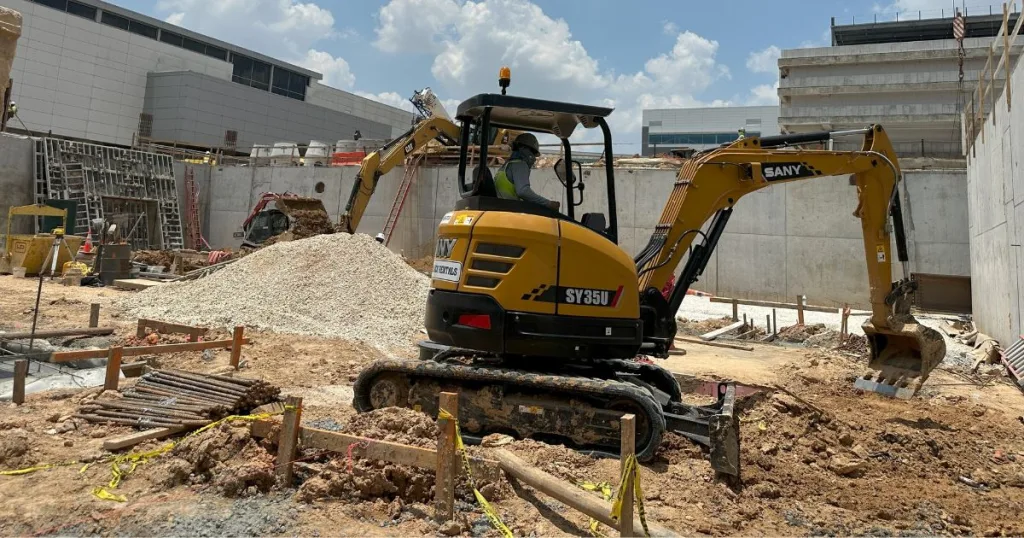
Mini excavators are compact and versatile earth-moving machines. Contractors can use these in landscaping, construction, and demolition job sites.
These machines range from 3,000 lb to 19,000 lb in operating weight, as beyond that, it would be an excavator rather than a mini excavator.
So, choosing the right operating weight can be a difficult task. Our mini excavator guide will show you how to get the right size for your project.
Understanding Mini-Excavator Sizes
Mini excavators, also known as compact excavators or mini diggers, are versatile machines that offer a balance of power and maneuverability, making them ideal for a wide range of applications in construction, landscaping, agriculture, and other industries. They are typically classified into different size categories based on their operating weight.
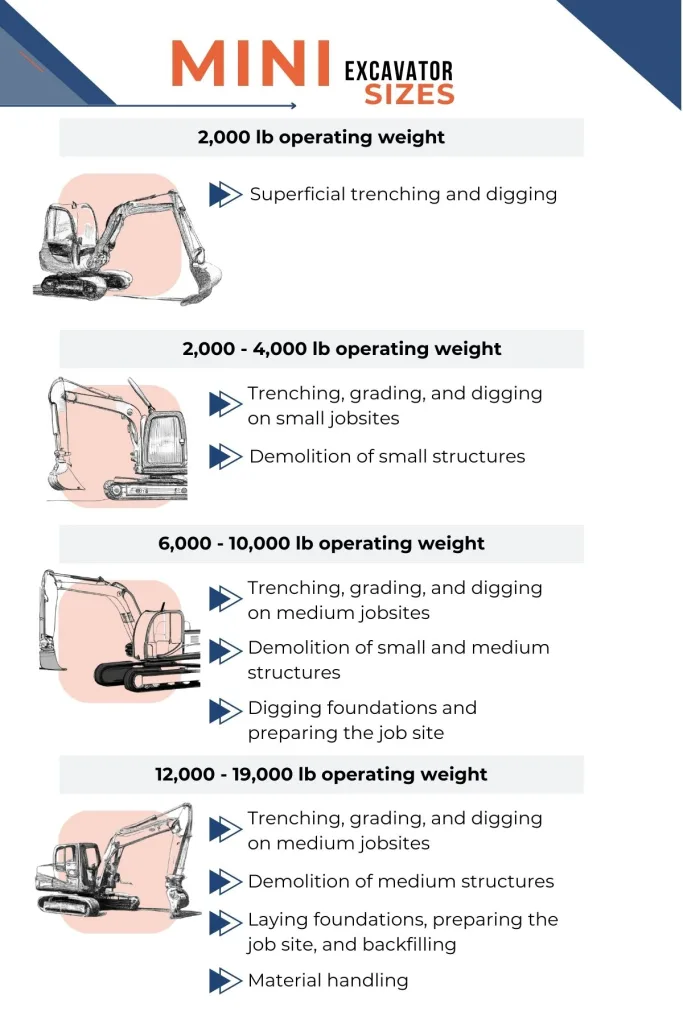
Mini excavators are versatile and compact machines that are ideal for a wide range of earthmoving and construction tasks. They are smaller and more maneuverable than traditional excavators, making them well-suited for residential and smaller commercial projects. Mini excavators are categorized by their operating weight, which refers to the total weight of the machine when fully equipped with operator, fuel, and other fluids.
Mini excavators with less than 2,000 lb operating weight
| Ideal for: Small landscaping projects, trenching for utilities, narrow walkways, and confined spaces |
| Digging Depth: Up to 5 feet |
| Applications: Digging small trenches for pipes, cables, or sprinkler systems Landscaping projects such as planting trees, creating flower beds, and preparing garden beds Breaking up small areas of concrete or asphalt |
Mini excavators between 2,000 and 4,000 lb operating weight
| Ideal for: Trenching, grading, small demolitions, and general construction tasks |
| Digging Depth: Up to 8 feet |
| Applications: Trenching for utility lines, sewer lines, and drainage systems Grading and leveling surfaces for construction sites Demolishing small structures such as patios, sheds, and sidewalks Digging foundations for small sheds, decks, or patios Backfilling trenches and holes |
Mini excavators between 6,000 and 10,000 lb operating weight
| Ideal for: Trenching, digging foundations, site preparation, and medium-sized construction projects |
| Digging Depth: Up to 12 feet |
| Applications: Trenching for large-scale utility projects, water lines, and gas lines Digging foundations for homes, garages, and other small structures Site preparation tasks such as land clearing, grading, and removing debris Demolition of medium-sized structures such as fences, walls, and small buildings Excavating swimming pools and ponds Loading and transporting heavy materials around a job site |
Mini excavators between 12,000 and 19,000 lb operating weight
| Ideal for: Heavy-duty trenching, backfilling, digging foundations, land clearing, and most earth-moving jobs required on small and medium job sites. |
| Digging Depth: Up to 15 feet |
| Applications: Trenching for major infrastructure projects, pipelines, and underground utilities Digging foundations for larger commercial buildings and multi-family housing units Land clearing and grubbing for large-scale development projects Demolition of large structures such as houses, garages, and commercial buildings Excavating large ponds, lakes, and retention basins Loading and transporting heavy materials over long distances |
Understanding Mini Excavator Specifications
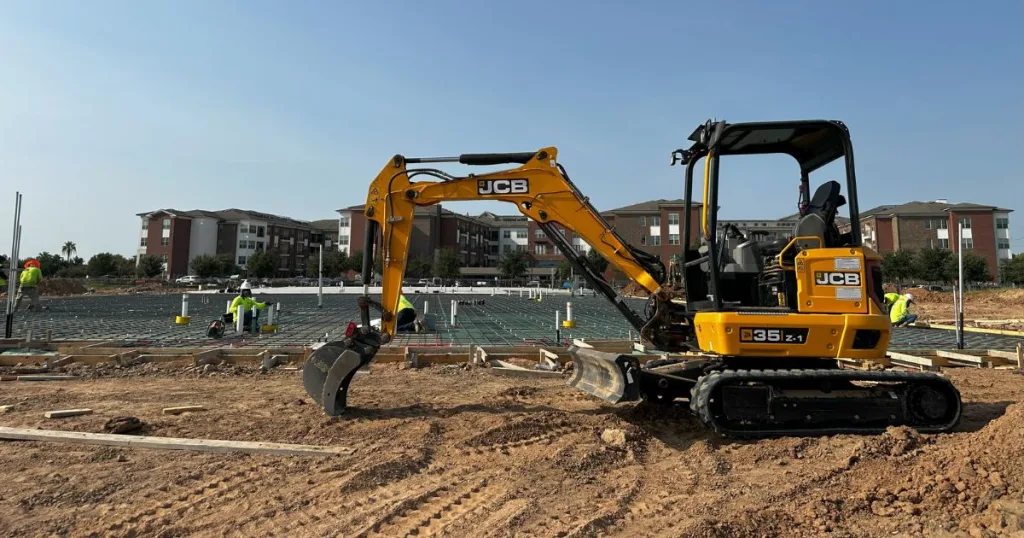
When renting a mini excavator, it is important to consider the following specifications:
Operating Weight
The operating weight is the weight of the machine, the operator, and the fuel. A higher operating weight is necessary for heavier lifting and digging through dense materials.
Digging Depth
The digging depth determines how deep the excavator can dig. Mini excavators can dig up to 15 feet deep.
Overall Dimensions
Mini excavators come in different sizes, so it is important to check the measurements of the area you are working in to ensure that the excavator is the right size.
Engine Power
Engine power is measured in horsepower (HP) or kilowatts (kW). The higher the engine power, the more energy the excavator can exert for digging large loads and breaking through compact surfaces.
Bucket Breakout Force
Bucket breakout force is the maximum amount of force that an excavator bucket can exert. It is measured in pound-force. The higher the breakout force, the better equipped the machine is for handling scooping up large loads.
Arm Reach
The arms’ reach is how far the arm of an excavator can extend. It is important to choose an excavator with the right arm reach for your needs.
Swing Space
Swing space is the amount of space required for the machine to rotate without hitting any obstacles. Choose an excavator with the right swing space for your working environment.
Dumping Height
Dumping height is the maximum height that the excavator’s arm can dump material from its bucket. Choose an excavator with the right dumping height for your needs.
-
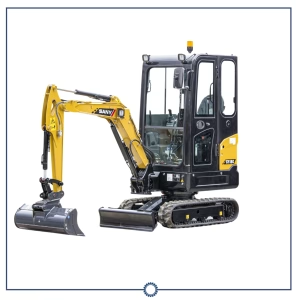 12,000 lb Mini Excavator$0.00
12,000 lb Mini Excavator$0.00 -
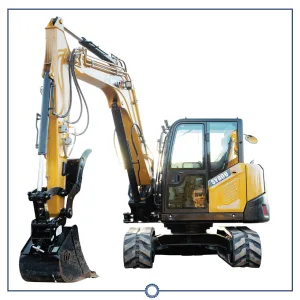 19,000 lb Mini Excavator$0.00
19,000 lb Mini Excavator$0.00 -
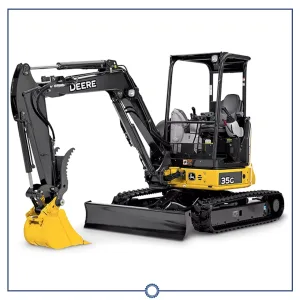 8,000 lb Mini Excavator$0.00
8,000 lb Mini Excavator$0.00
Mini excavators versus skid steers: what to choose?
The biggest competition mini excavators have is skid steers, so let’s understand the pros and cons of each machine type.
Mini excavators and skid steers are both versatile machines that can be used for a variety of tasks, including digging, lifting, and moving material. However, there are some key differences between the two types of machines.
Mini Excavator Pros
- Compact and maneuverable
- Can dig trenches and holes up to 15 feet deep
- Can lift heavy loads
- Can be used on a variety of terrains
Mini Excavator Cons
- Smaller digging depth and reach than larger excavators
- Lower lifting capacity than larger machines
- Less stable on uneven terrain
- Smaller fuel tanks
Skid Steer Pros
- A wider range of attachments
- More versatile for lifting and carrying materials
- Can navigate tighter spaces
- More fuel-efficient than mini excavators
Skid Steer Cons
- Not as powerful as mini excavators
- Cannot dig as deep or as far as mini excavators
- May not be suitable for all terrains
- Can be more difficult to operate
The best choice for your project will depend on the specific needs of the job. If you need to dig deep trenches or holes, or if you need to lift heavy loads, a mini excavator is a better choice. If you need to lift and carry materials in tight spaces, or if you need a more fuel-efficient machine, a skid steer loader is a better choice.
Conclusion
Mini excavators are versatile and powerful machines that can be used for a wide variety of tasks, from digging trenches to landscaping to demolishing structures. They are smaller and more maneuverable than traditional excavators, making them well-suited for residential and smaller commercial projects.
When choosing a mini excavator, it is important to consider the specific needs of your project. Factors to consider include the size of the project, the type of terrain, and the desired digging depth and lifting capacity. It is also important to consider your budget and the availability of rental options in your area.
With careful planning and consideration, you can choose the right mini excavator for your project and get the job done quickly and efficiently.
Become our client
-
Request machines in any way you like.
-
Open an account with us to enjoy our top-tier service.
Broad solutions
-
Buy used equipment from top brands.
-
Service machines you own or rent from others.



